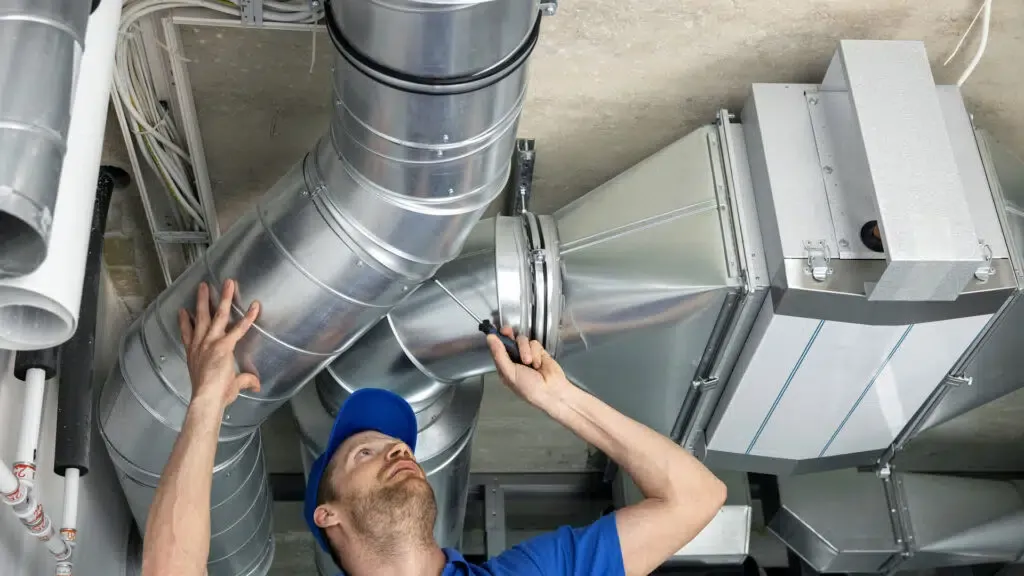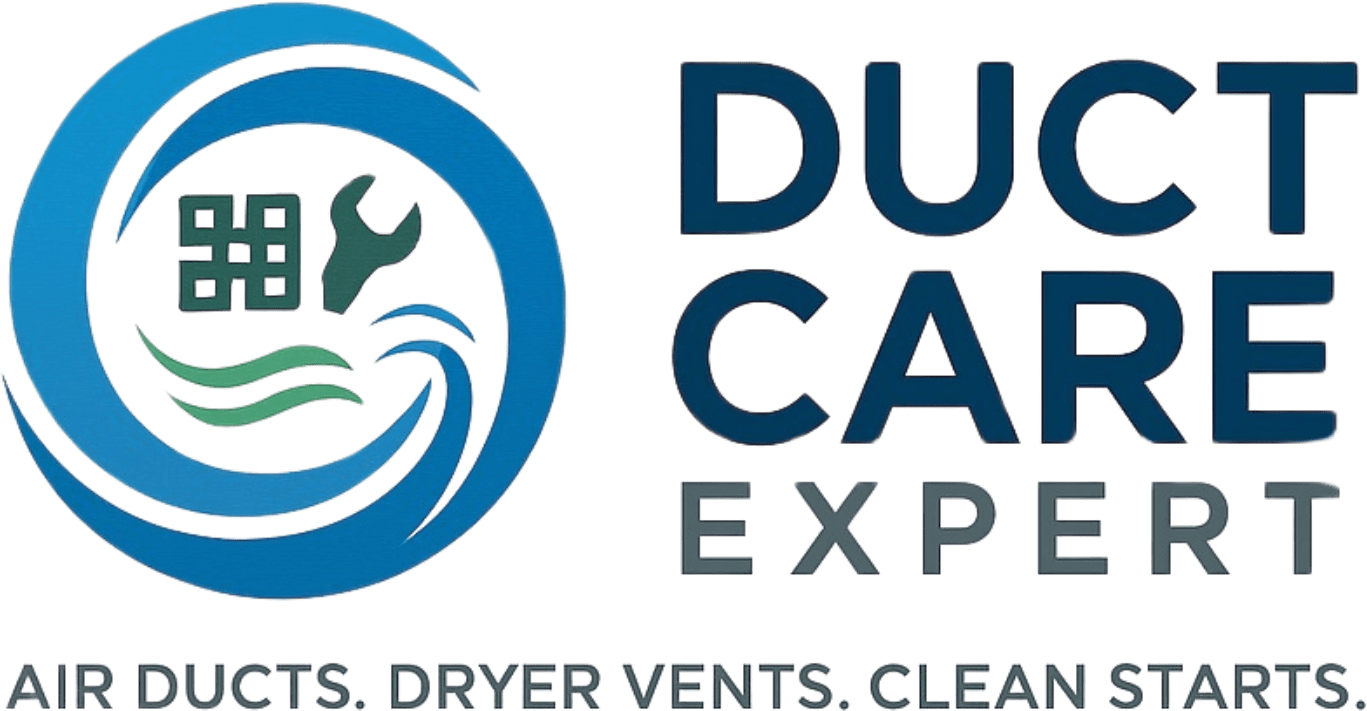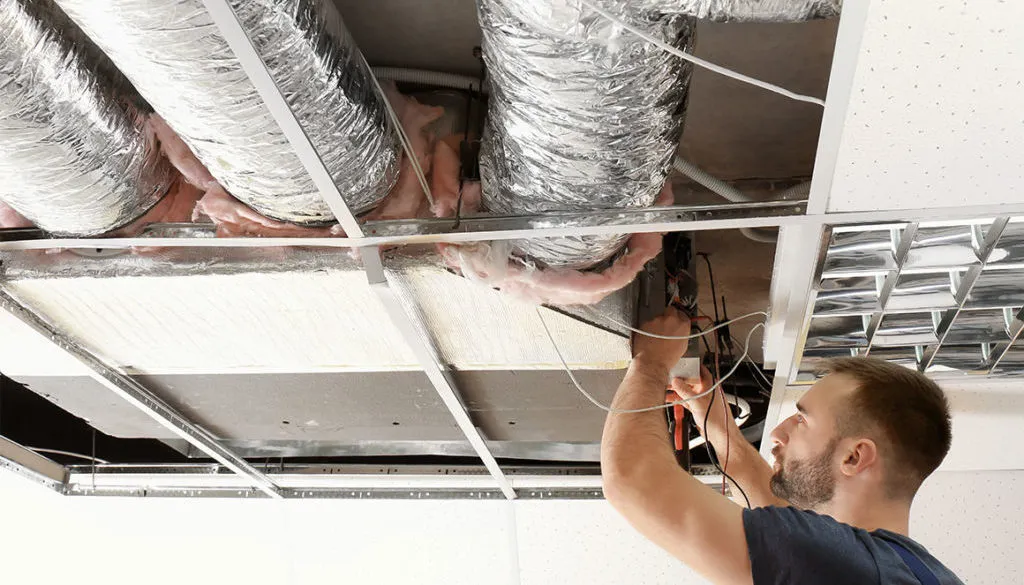
20 Aug
Indoor air quality is one of the most important features of a healthy and safe environment, at least in those premises where the population working, shopping, or simply walking can reach hundreds. Over time, the air ducts of big buildings are filled with dust and allergens, mold, and other impurities. Businesses require a commercial duct cleaning machine to maintain their airflow clean and gain energy efficiency. These are durable, efficient, and big cleaning tasks designed for machines.
In this article, we will explore what a duct cleaning machine is, why it is essential for commercial spaces, the types of air duct cleaning equipment available, and how air duct cleaning tools make the process more effective.
What is a Duct Cleaning Machine?
A duct cleaning machine is specialized equipment used to remove dust, debris, mold, and other pollutants from heating, ventilation, and air conditioning (HVAC) ducts. Commercially, such machines are bigger and have higher power than those used for residential cleaning. They usually have strong, endorsed vacuums, rotating wire brushes, and an improved filtration container to cleanse ducts dependably.
Why Commercial Buildings Need Duct Cleaning Machines
Offices, malls, hospitals, and factories are examples of commercial buildings with large HVAC systems that circulate air in huge areas. In the absence of routine maintenance, these systems have ducts that may be clogged and polluted. Here’s why a duct cleaning machine is necessary:
- Better Air Quality: Clean air ducts will decrease allergens and molds, bacteria, a nd improve the air quality levels enjoyed by employees and visitors.
- Energy Efficiency: The flow of dirt and dust causes HVAC systems to work laboriously. Using the right air duct cleaning equipment reduces energy consumption.
- Compliance and Safety: Health and safety standards of indoor air quality must be complied with by a host of commercial spaces.
- Extended HVAC Life: Regular use of air duct cleaning tools prevents unnecessary wear and tear on HVAC systems.
Types of Duct Cleaning Machines
Commercial duct cleaning machines come in a number of varieties. They are both different, with the features adapted to various jobs:
1. Mounted Duct Cleaning machines
They are durable systems mounted on a service truck. They are very potent and suitable for cleaning large commercial areas. High high-pressure suction device, truck-mounted, can be used to clean up heavy debris relatively fast.
2. Slit type Portable Duct Cleaning Machines
Mobile units enable more freedom and can be transported within buildings where the truck-mounted system has no access. When used together with the modern air duct cleaning equipment, such as rotary brushes and high-efficiency vacuums, they are quite effective, albeit less powerful.
3. Negative Air Machines
The latter establishes negative pressure within the ductwork, sucking contaminants out with intense HEPA filters. These are very common in hospitals and even delicate commercial places where air scent is all-important.
Essential Air Duct Cleaning Equipment
Professionals combine air duct cleaning equipment and the primary cleaning machine to make the overall cleaning process successful. The necessary equipment consists, in part, of the following:
- High-Powered Vacuums: Clean dust and debris right out of ducts.
- Rotary Brush Systems: Disintegrate lumpy grime and fungus in ducts.
- HEPA Filtration Systems: Capture small particles and avoid back-flows into the building.
- Air Whips & Compressed Air Tools: Pry dirt off of duct walls to be picked off more easily.
- Inspection Cameras: They enable the technicians to be able to peer into the inside ducts and confirm cleaning.
Air Duct Cleaning Tools That Improve Efficiency
Apart from large machines and equipment, smaller air duct cleaning tools play a crucial role in achieving a thorough cleaning.
- Access Tools: Used to create entry points into ducts for equipment insertion.
- Hand Brushes: Help clean smaller ducts and vents.
- Flexible Rods: Reach into narrow or difficult areas.
- Sealants and Sanitizers: Applied after cleaning to prevent mold and bacterial growth.
How a Duct Cleaning Machine Works in Commercial Use
The process of cleaning ducts in a commercial building usually follows these steps:
- Inspection: Using cameras to assess the condition of ducts.
- Creating Negative Pressure: A duct cleaning machine or negative air machine is connected to the duct system.
- Agitation: Tools such as brushes, air whips, or compressed air are used to loosen dirt.
- Vacuuming: High-powered suction removes dust, debris, and contaminants.
- Sanitization: Application of eco-friendly disinfectants to keep ducts fresh and safe.
Benefits of Using a Duct Cleaning Machine for Businesses
Investing in a commercial duct cleaning machine or hiring professionals equipped with advanced air duct cleaning equipment offers several benefits:
- Healthier environment for employees and customers.
- Reduced energy costs due to efficient HVAC operation.
- Compliance with health and safety regulations.
- Better performance and longer lifespan of HVAC systems.
- Enhanced comfort with cleaner, fresher indoor air.
Choosing the Right Duct Cleaning Machine
When selecting a duct cleaning machine for commercial use, businesses should consider:
- Power and Capacity: Large buildings require truck-mounted or industrial-grade machines.
- Portability: Portable machines are better for high-rise or restricted access buildings.
- Filtration System: Machines with HEPA filters are best for sensitive environments.
- Compatibility with Tools: Ensure the machine supports additional air duct cleaning tools for maximum efficiency.
Cost of Duct Cleaning Machines and Services
Commercial duct cleaning machine prices will vary a good deal, with small machines costing several thousand dollars and larger models costing tens of thousands. Instead, most companies outsource the services of professionals who already possess advanced air duct cleaning equipment. This can be at a cost of a few hundred to several thousand dollars, depending on the size of the building.
Future of Duct Cleaning Technology
As attention increases on the quality of the air indoors, the next thing that will happen to duct cleaning is the shift towards automatization. Some companies have already implemented robotic air duct cleaning tools with integrated cameras and sensors that provide more efficient cleaning of ducts that require little human input.
Conclusion
A commercial-grade duct cleaning machine is not a luxury these days, but a necessity because the quality of air actually dictates health and productivity. Businesses may sustain clean ducts, decrease the amount of energy consumption, and or have a cleaner working atmosphere, with the right mix of machines, air duct cleaning equipment, and other air duct cleaning tools. Regular duct cleaning is one measure that will help create a safe, efficient, and professional commercial space.
FAQs
Q1. The chief aim of a duct cleaning machine?
Once the HVAC ducts are cleaned with the help of a duct cleaning machine, the dust, dirt, and contaminants are removed to enhance efficiency and air quality.
Q2. What is the most frequent cleaning period in the case of commercial ducts?
Generally, 3-5 years, but more sensitive buildings or high traffic may have a more regular clean down.
Q3. Do portable duct cleaners get into large buildings?
Yes, in combination with modern air duct cleaning tools, portable machines may perform most of the commercial tasks.
Q4. How do truck-mounted cleaning products differ in comparison with portable duct cleaning machines?
More powerful truck-mounted machines work well on large projects, and less powerful portable machines are adaptable to buildings with limited access.
Q5. Is it possible to decrease energy bills with duct cleaning?
Indeed, clean ducts will reduce the workload on HVAC systems, lessening the energy use and running expenses.




